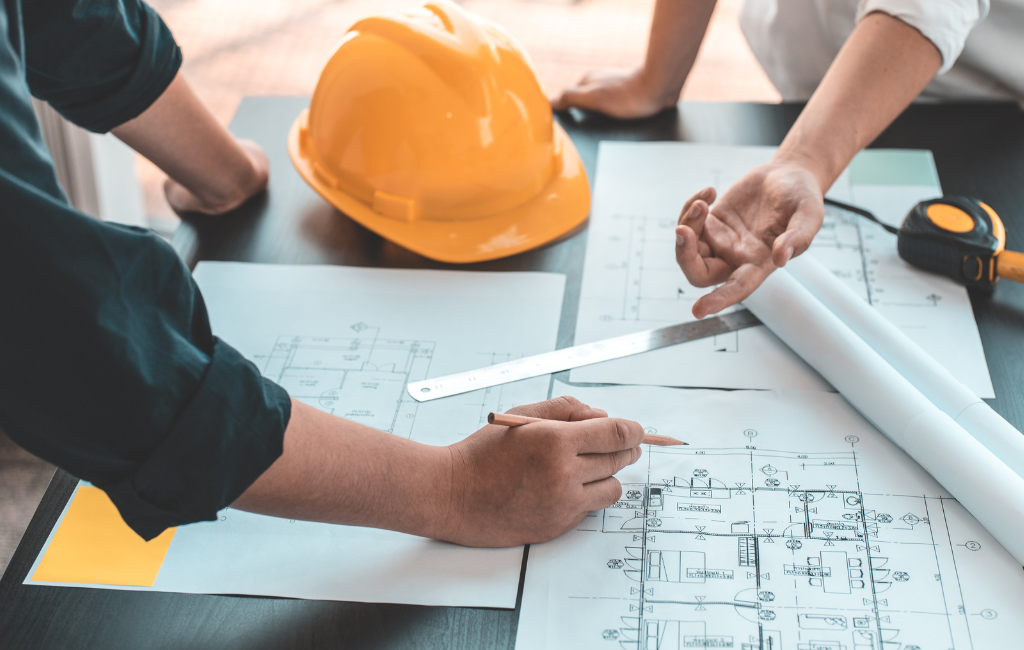Architect Ideas for Smart Home Designs
Smart home designs are revolutionizing the way we live, offering convenience, efficiency, and enhanced security. Architects are at the forefront of this transformation, integrating cutting-edge technology with innovative design principles. This article explores various architect ideas for smart home designs, providing valuable insights and examples to inspire your next project.
Integrating Smart Technology
One of the primary aspects of smart home design is the seamless integration of technology. This involves incorporating devices and systems that can communicate with each other and be controlled remotely. Key areas to focus on include:
- Lighting: Smart lighting systems allow homeowners to control the intensity and color of lights through their smartphones or voice commands. Examples include Philips Hue and LIFX.
- Climate Control: Smart thermostats like Nest and Ecobee can learn a homeowner’s schedule and preferences, optimizing energy usage and comfort.
- Security: Advanced security systems, such as Ring and Arlo, offer features like video doorbells, motion sensors, and remote monitoring.
Energy Efficiency
Energy efficiency is a significant consideration in smart home design. Architects can incorporate various strategies to reduce energy consumption and promote sustainability. Some effective approaches include:
- Solar Panels: Installing solar panels can significantly reduce a home’s reliance on traditional energy sources. Tesla’s Solar Roof is an innovative example that combines aesthetics with functionality.
- Insulation: Proper insulation helps maintain a consistent indoor temperature, reducing the need for heating and cooling. Materials like spray foam and rigid foam boards are popular choices.
- Energy-Efficient Appliances: Smart appliances, such as refrigerators, washing machines, and dishwashers, are designed to use less energy while providing optimal performance. Brands like LG and Samsung offer a range of energy-efficient options.
Space Optimization
Maximizing the use of available space is a key element of smart home design. Architects can employ various techniques to create functional and aesthetically pleasing living environments. Some ideas include:
- Open Floor Plans: Open floor plans create a sense of spaciousness and facilitate better airflow and natural light distribution.
- Multi-Functional Furniture: Furniture that serves multiple purposes, such as sofa beds and extendable dining tables, can help save space and add versatility to a home.
- Built-In Storage: Custom-built storage solutions, like under-stair drawers and wall-mounted shelves, can help keep a home organized and clutter-free.
Health and Wellness
Smart home designs can also contribute to the health and well-being of occupants. Architects can incorporate features that promote a healthy lifestyle and enhance overall comfort. Some examples include:
- Air Quality Monitoring: Devices like the Awair Element can monitor indoor air quality and provide recommendations for improving it.
- Water Filtration Systems: Installing advanced water filtration systems ensures access to clean and safe drinking water.
- Natural Light: Maximizing natural light through large windows and skylights can improve mood and reduce the need for artificial lighting.
Case Studies
Several real-world examples highlight the successful implementation of smart home designs. These case studies provide valuable insights and inspiration for architects and homeowners alike.
The Edge, Amsterdam
The Edge is a prime example of a smart building that integrates advanced technology with sustainable design. This office building features a range of smart systems, including:
- Smart Lighting: The building uses a network of LED lights that can be controlled individually, optimizing energy usage and comfort.
- Climate Control: A sophisticated HVAC system adjusts temperature and ventilation based on occupancy and weather conditions.
- Energy Management: Solar panels and energy-efficient systems help reduce the building’s carbon footprint.
Bill Gates’ Smart Home, Washington
Bill Gates’ residence, known as Xanadu 2.0, is a testament to the potential of smart home technology. Key features include:
- Automated Systems: The home is equipped with a range of automated systems, including lighting, climate control, and security.
- Personalization: Guests receive a pin that allows them to customize their environment, including temperature, lighting, and music preferences.
- Energy Efficiency: The home incorporates sustainable materials and energy-efficient systems to minimize its environmental impact.
Statistics and Trends
The smart home market is experiencing rapid growth, driven by advancements in technology and increasing consumer demand. Some key statistics and trends include:
- Market Growth: The global smart home market is projected to reach $135.3 billion by 2025, growing at a compound annual growth rate (CAGR) of 25% from 2020 to 2025 (Source: MarketsandMarkets).
- Adoption Rates: A survey by Statista found that 33% of households in the United States have at least one smart home device.
- Popular Devices: Smart speakers, such as Amazon Echo and Google Home, are among the most popular smart home devices, with a penetration rate of 24% in U.S. households (Source: Voicebot.ai).
Conclusion
Smart home designs are transforming the way we live, offering enhanced convenience, efficiency, and security. By integrating advanced technology, promoting energy efficiency, optimizing space, and prioritizing health and wellness, architects can create homes that meet the needs of modern living. Real-world examples and market trends underscore the growing importance and potential of smart home designs. As technology continues to evolve, the possibilities for innovative and sustainable smart homes are virtually limitless.
